The fintech industry is booming, and every business needs a Flutter fintech app to provide extra security to their target audience. Banks, startups, and payment platforms are racing to meet soaring digital demand. In 2024, over 3 billion users were already transacting via digital payment apps, a number set to climb to 4.45 billion by 2029. (Source: Alien Design) Financial apps now dominate daily life, from mobile banking and investing to budgeting and expense tracking. This unprecedented growth brings big opportunities but also intense challenges.
Traditional native development (separate codebases for each platform) can be slow and costly. This is where Flutter comes in. Flutter is Google’s open-source UI toolkit that lets developers write one codebase for multiple platforms. Choosing Flutter for Fintech is a unique combination of speed, security, and scalability. In short, Flutter is a Swiss Army knife for fintech app development: powerful, versatile, and built to meet the industry’s exacting standards.
In this article, we’ll explore why Flutter is ideal for fintech apps. You’ll learn how it tackles hidden development challenges, keeps security and compliance front and center, and delivers the speed and scale financial apps demand. We’ll also see how building a Flutter fintech app drives ROI and market reach, giving fintech companies a decisive edge. So, let’s get started:
Table of Contents
Top Advantages of Using Flutter in Fintech App Development
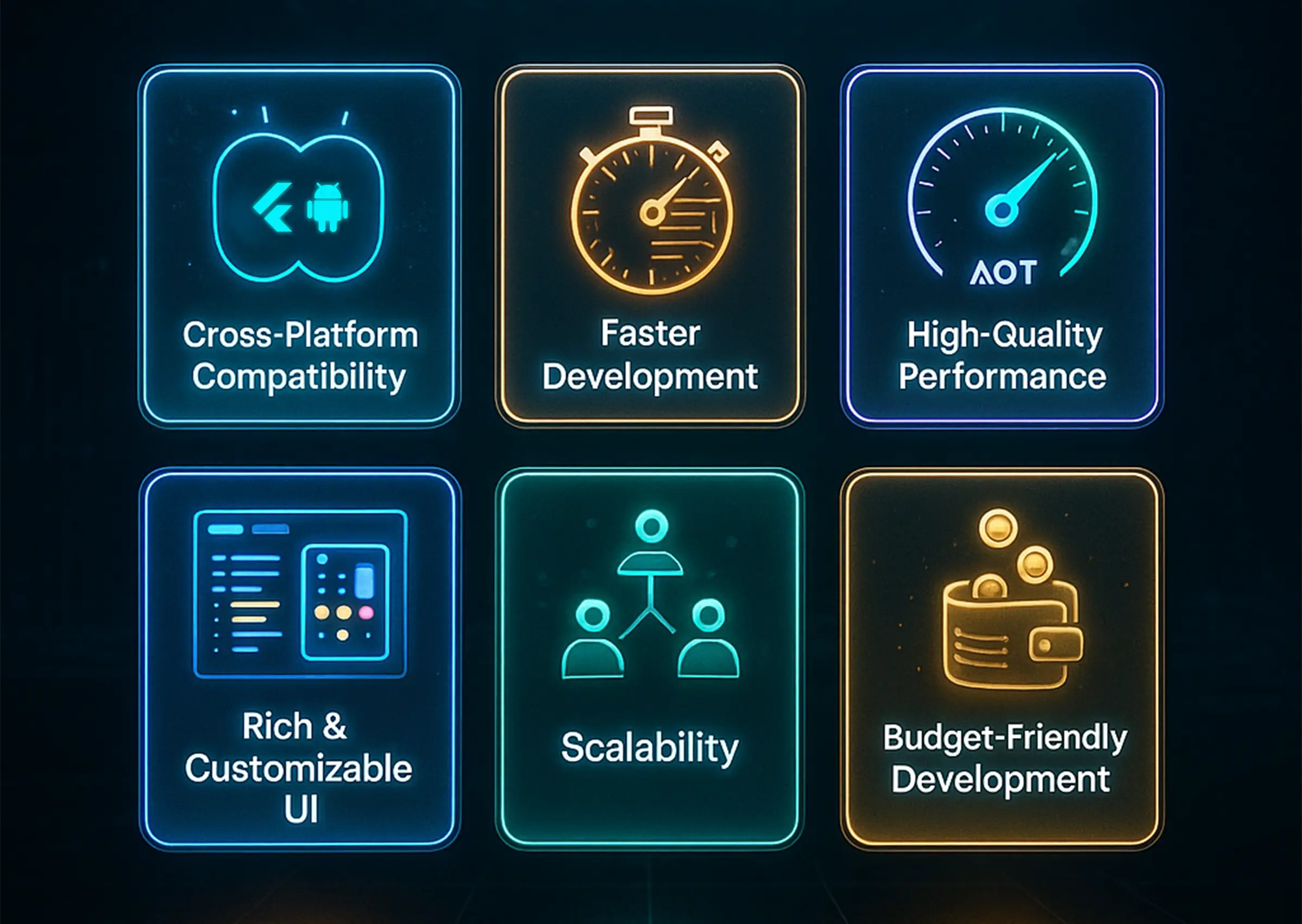
Flutter, a popular cross-platform app development framework, provides several advantages to fintech businesses and helps them grow. From faster launch to budget-friendly development, Flutter can be a game-changer. Here’s why businesses should focus on building a Flutter fintech app:
1. Provides Cross-Platform Compatibility
Flutter lets you use one codebase for both iOS and Android. This unified approach delivers a consistent user experience on every device while cutting development time and cost. Instead of building two separate apps, fintech teams can build once in Flutter. For example, Flutter’s cross-platform capabilities deliver consistent performance across both iOS and Android, trimming timelines and expenses.
As Stephen Foster notes, “With a single codebase, developers can build applications that deliver a consistent user experience across multiple platforms, saving time, effort, and resources”. In practical terms, a single Flutter fintech app instantly doubles your market reach by covering both major app stores without doubling the workload.
2. Helps You Build Faster
Flutter’s developer tools (like hot reload) turbocharge the fintech software development process. Engineers see changes instantly in the running app, so they iterate on UI and features very quickly. As a result, every Flutter fintech app can add or tweak features in real time. This agility means fintech companies get to market sooner. Flutter empowers faster prototyping and updates, which is crucial for financial apps that must roll out new services, promotions, or security patches rapidly.
3. Provides Extraordinary Performance
Under the hood, Flutter delivers near-native performance for UI and logic. Its Dart language is compiled ahead-of-time (AOT) into native ARM code, and Flutter’s Skia graphics engine renders UI elements directly on the screen. The result is smooth, jank-free animations and instant response times, exactly what fintech users expect when checking balances or making transactions.
You can also prefer Flutter’s BLoC architecture to build a high-performance app. It’s rendering guarantees smooth animations and the fast performance necessary for sophisticated financial dashboards. So, choosing a Flutter app development team is important to provide high-quality performance to your users.
4. Easy-to-Customize Interface
Fintech apps live and die by their user interface. Customers demand clear dashboards, intuitive flows, and polished branding. Flutter shines here, too. It comes with an extensive widget catalog and allows complete custom design. Any Flutter development team can easily create bespoke themes and animations for things like budget graphs or payment flows.
Flutter’s customizable widgets ensure that fintech brands can fully realize their identity. This creative flexibility, combined with high performance, is why banks and financial startups favor Flutter for Fintech application development.
5. Allows Fintech Businesses To Scale Easily
Flutter isn’t just for small projects. It scales to enterprise levels. Teams ranging from a handful of developers to hundreds can collaborate on one Flutter codebase. For instance, Credit Agricole assembled a 250-person team (including ~30 Flutter devs) to develop a fintech mobile app (CA24) in Flutter.
The architecture of Flutter is engineered to handle growing user bases and heavy traffic. Every major Flutter fintech app can handle millions of users and transactions without hiccups. This combination of code reuse and robust engine makes Flutter ideal for building user-friendly fintech apps.
6. Provides Budget-Friendly Development
When businesses select a reliable platform or technology for Fintech app development, they think about the cost at first. Deciding between native vs cross-platform app development can be challenging for businesses. But Flutter solves this problem by providing budget-friendly app development. Due to the use of a single codebase, Flutter helps businesses save a lot of expenses.
For instance, choosing native development requires managing different teams for Android and iOS. But Flutter allows cross-platform development, which means businesses need to manage a single Flutter app development team, saving time and money for businesses.
Flutter naturally addresses the top priorities of fintech mobile app development. It provides cross-platform development that slashes costs, its high-performance engine ensures speedy transactions, and its rich UI framework brings polish and consistency.
Hidden Fintech App Development Challenges Solved By Flutter
Financial app development is a tricky process. Teams must juggle complex requirements: rigorous security audits, multi-platform consistency, 24/7 reliability, and real-time data updates, all while managing costs. Let’s examine key challenges of the Fintech app development process and how Flutter clears them:
1. Platform Fragmentation
A major hurdle is supporting both iOS and Android. Native approaches require separate codebases, doubling developer effort and increasing bugs (since every feature must be built twice). Flutter’s single codebase architecture means one app covers all platforms. This eliminates fragmentation headaches.
You build a Flutter fintech app once, and it automatically runs on Android and iOS with virtually identical behavior. That’s how Flutter eliminates the need for separate development teams for each platform. The result is consistent UX across devices and a much simpler development process.
2. Regulatory and Security Demands
Fintech apps carry sensitive data (transactions, personal info, payment credentials) and must comply with standards like GDPR and PCI-DSS. Any framework must support industry-grade security. Flutter has security built in at multiple levels. It provides secure storage and strong encryption libraries. Flutter seamlessly integrates with secure APIs for payments and banks.
Biometric authentication (fingerprint, face ID) is supported out-of-the-box, letting users log in or confirm transactions safely. Code obfuscation in Dart makes reverse-engineering harder, adding another defense layer. These tools help meet regulatory standards easily. Flutter fintech app developers report that Flutter checks the boxes for meeting industry compliance standards.
3. Performance Under Load
Financial apps must process high volumes of transactions and data in real-time. The challenge is doing this without slowdowns. Flutter’s performance architecture tackles this head-on. It’s Dart code compiles AOT, and the Skia renderer uses the GPU for UI. The result is swift screen updates and no jank, even as data pours in.
Features like asynchronous programming and Dart’s Isolate model let Flutter fintech app handle background tasks (like fetching bank statements) without freezing the UI. Credit and banking apps built with Flutter have demonstrated robust performance under heavy load.
4. Frequent Updates & Maintenance
Financial apps need constant iteration: rolling out new features, patching vulnerabilities, and meeting changing regulations. Native stacks force two separate release cycles (App Store and Google Play), which slows updates. With Flutter, you update one codebase and push a single release. A change is simultaneously reflected on all platforms.
Flutter’s hot-reload and hot-restart features also speed up testing and debugging. When you choose Fintech app development using Flutter, your team can fix bugs and deploy enhancements far faster. As Credit Agricole’s team discovered, after moving to Flutter, their app became easier and cheaper to maintain because they no longer duplicated work between platforms.
5. Complex UI/UX Demands
Modern fintech users expect elegant, intuitive interfaces. Crafting these in native code can be daunting. Flutter’s rich widget help every UI UX design agency building complex UIs during Flutter Fintech application development. It includes everything from input forms to animated charts. Designers can implement pixel-perfect designs without waiting for platform-specific widgets. Custom animations (e.g., sliding transaction cards, dynamic gauges) are straightforward with Flutter’s animation libraries. Because Flutter controls every pixel, you never have to compromise on layout.
Why Businesses Should Choose Flutter To Build Secure Fintech Apps?

Security isn’t optional in finance; it’s mandatory. Fintech users and regulators demand ironclad protection of data and transactions. Flutter was built with security best practices in mind, and its ecosystem offers many tools to lock down apps from the start. Key security benefits of Flutter include:
1. Strong Encryption & Secure APIs
Flutter supports powerful encryption libraries so that all sensitive data can be encrypted in transit and at rest. Whether storing account tokens or sending payment requests, a reliable mobile app development company USA and globally can enforce end-to-end encryption. Flutter also integrates easily with secure, standards-compliant APIs (banking backends, TLS 1.3 endpoints), ensuring data exchanges are safe. A Flutter fintech app can mandate HTTPS with strong cipher suites and handle encrypted payloads seamlessly.
2. Secure Storage Solutions
Sensitive credentials must never sit in plain text on a device. Flutter offers plugins like flutter_secure_storage, which use iOS Keychain and Android Keystore to store tokens, certificates, and other secrets in encrypted form. This means API keys or user passwords are kept away from prying eyes on the phone. Flutter’s security-first approach ensures that even if the device is compromised, critical data remains protected. That’s why businesses choose Flutter fintech development for to build highly secure fintech apps.
3. Biometric Authentication
Modern fintech apps often use fingerprint or facial recognition for extra security. Flutter has packages that give you out-of-the-box support for fingerprint and face unlock on both platforms. This lets users log in or confirm payments using biometric scans, raising the bar for security and user trust. Businesses hire a mobile app developer to include biometric authentication because it enhances the mobile app security. Implementing secure login flows becomes trivial, and you keep bad actors out of customer accounts and build a secure Flutter fintech app.
4. Code Obfuscation & Tamper Resistance
Dart, Flutter’s programming language, offers code obfuscation tools that make it significantly harder to reverse-engineer your app. By obscuring identifiers, Flutter apps become much more resistant to hacking or tampering. While no method is 100% hack-proof, these measures raise the difficulty for attackers. This level of protection allows businesses to build a secure fintech app that satisfies user needs and gain their trust.
5. Regulatory Compliance
Flutter apps can be built to satisfy financial regulations by design. Flutter’s security features help developers meet GDPR (by securely handling personal data) and PCI-DSS (by encrypting payment data end-to-end). Compliance modules and libraries are available to enforce audit trails, consent capture, and strong customer authentication (SCA). In effect, Flutter’s ecosystem provides all the tools needed to check regulatory boxes before launch.
6. Security Layered Architecture
Flutter allows businesses to implement a powerful multi-layered security architecture to safeguard data integrity, user privacy, and transaction safety in Fintech mobile apps. With this flexibility, developers can take security to a whole new level. By structuring the app with presentation, business logic, and data layers distinctly separated, Flutter empowers teams to monitor and manage vulnerabilities more effectively. This modularity helps isolate sensitive operations and supports proactive security audits, threat modeling, and faster patch rollouts. In short, Flutter’s architecture enables businesses to design security into the core of their app.
How Flutter Grows Revenue and Expands Your Audience
All the technical strengths of Flutter boil down to positive business outcomes. By choosing Flutter for your fintech app, you improve your return on investment (ROI) and expand your market reach simultaneously. Here’s how:
1. Lower Development & Maintenance Cost
When you do app development using Flutter, you build and maintain a single app for all platforms. This means one development team instead of two. As one analysis states, Flutter’s one codebase eliminates the need for separate development teams for each platform, significantly reducing overall costs. The savings are substantial. You pay one salary instead of two, and QA/testing efforts are halved. Maintenance budgets shrink because you implement updates once, not twice.
2. Faster Time-to-Market and Higher Agility
Cost isn’t the only benefit. Flutter’s efficiency means you launch sooner. Every week shaved off development is a competitive advantage. Faster releases mean faster ROI, since you start generating value and revenue earlier. It also means the fintech software development company can help you respond quickly to market changes or customer feedback, staying one step ahead of competitors who rely on slower native cycles. In fintech, being first to market or first to implement a new regulation can capture significant market share.
3. Broader Customer Reach
Flutter doubles your audience by covering both major mobile ecosystems. You’re not choosing Android or iOS; your app is on both from day one. This expands your market reach and brand visibility. It also unifies your branding: whether a customer is on an Android phone or an iPhone, they see the same design and features. Looking forward, Flutter’s cross-platform nature even opens the door to non-mobile channels: you could later deploy a web version or desktop client at minimal extra cost.
Conclusion
In the fast-moving fintech arena, not only security but speed and scalability are also non-negotiable. Flutter delivers all three. Its single codebase accelerates development and cuts costs, while its powerful engine ensures apps run at near-native speed. Built-in security features and compliance support make regulatory headaches manageable. Many leading fintech startups have already embraced Flutter for app development to build robust banking apps.
With Flutter’s modern framework powering your financial app, you’ll delight customers with a sleek, dependable experience and lead the market with faster rollout of new features. The future of fintech is mobile and cross-platform. All you need is to contact a Flutter app development company now to get started on building a secure, scalable, and high-performing fintech app to satisfy your business needs.
FAQs
Q1. How much does it cost to build a fintech app using Flutter?
Flutter app development cost for building a fintech app can range from $20,000 to $150,000+ or more. The final cost depends on factors such as features, third-party integrations, compliance requirements, and design complexity.
Q2. How long does it take to develop a fintech app with Flutter?
Development timelines depend on the app’s scope. Building a basic MVP might take 3-4 months, but a full-featured fintech platform with third-party integrations and security layers can take 6-12 months.
Q3. Can Flutter apps integrate with legacy banking systems and APIs?
Yes, Flutter supports REST APIs, WebSockets, and other secure protocols to connect with core banking systems, payment services, and third-party financial platforms.
Q4. Is Flutter suitable for cross-platform updates and long-term maintenance?
Flutter makes it easier to roll out updates across iOS and Android. It is a stable framework and has a large community support, which also makes maintenance effective and budget-friendly.

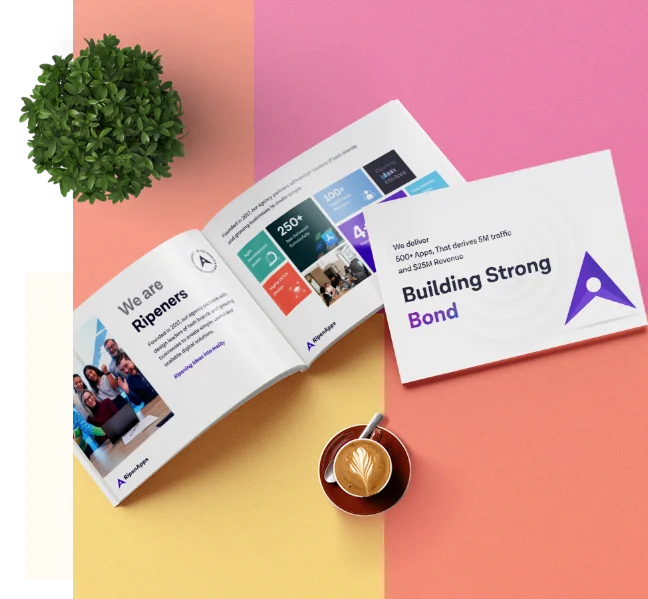






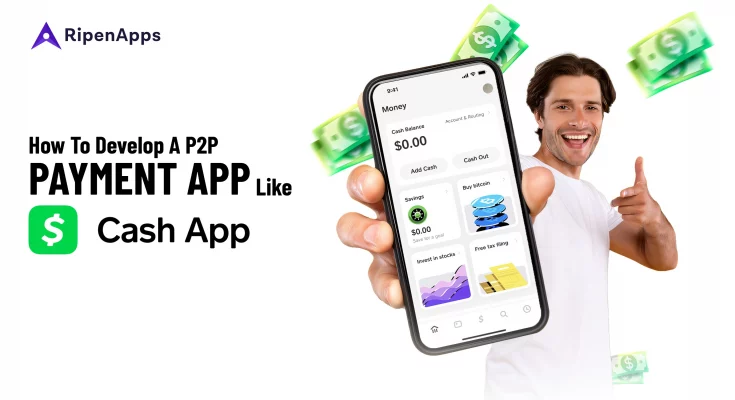
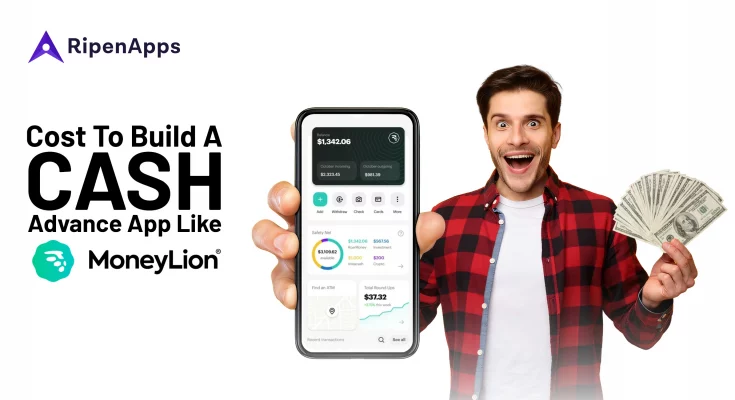
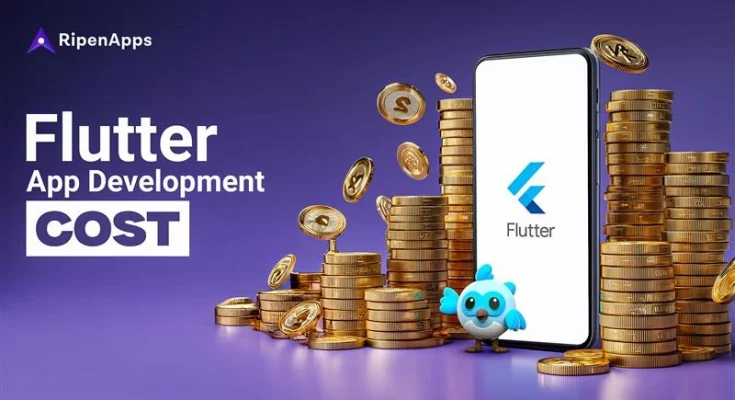
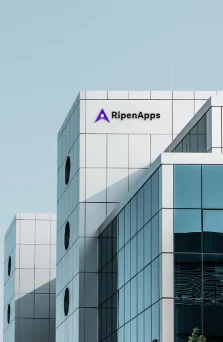
 India
India USA
USA Australia
Australia Canada
Canada UK
UK UAE
UAE
